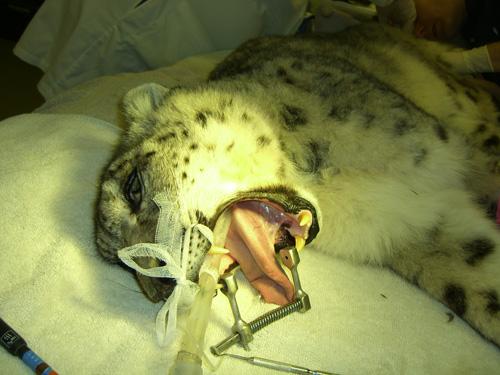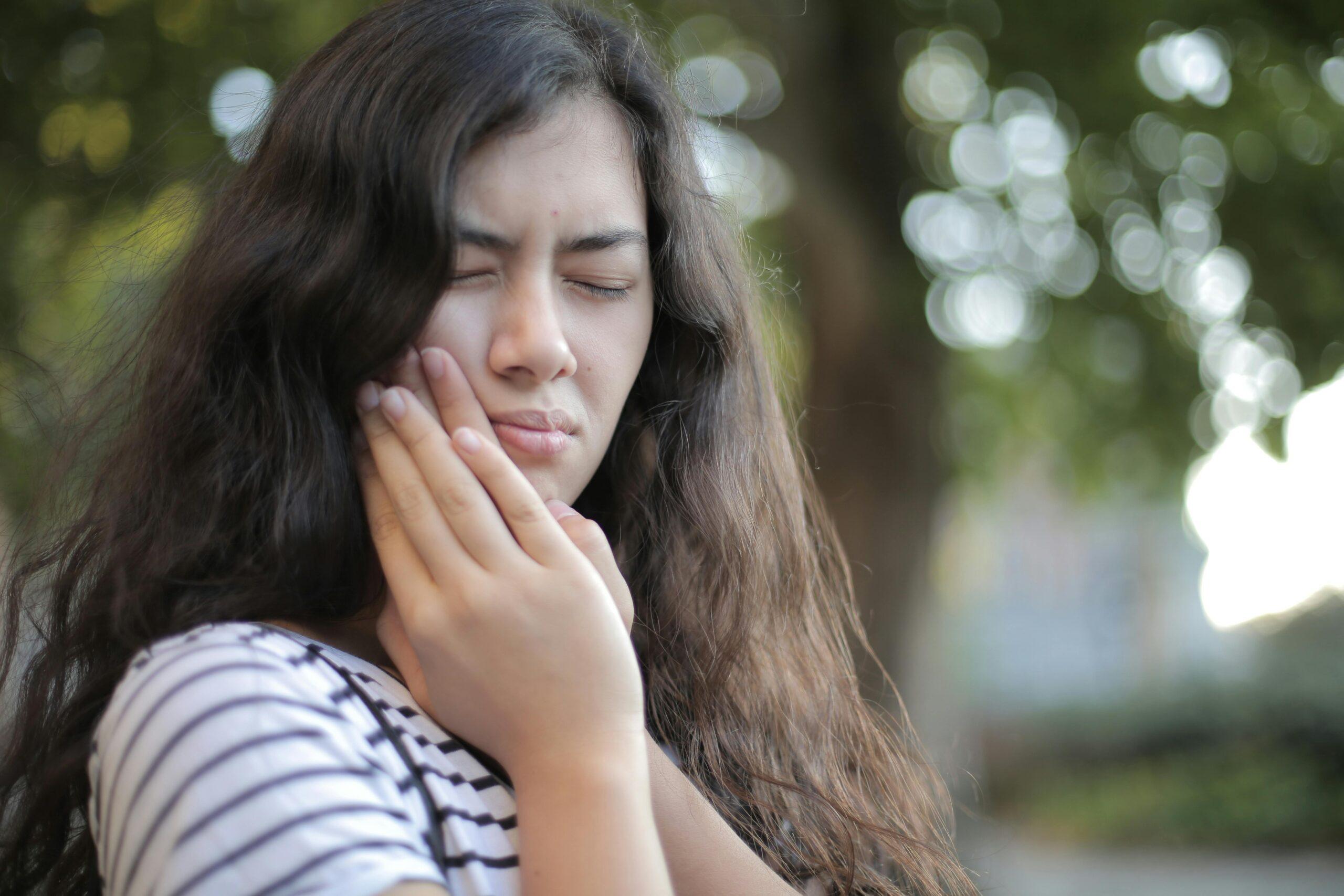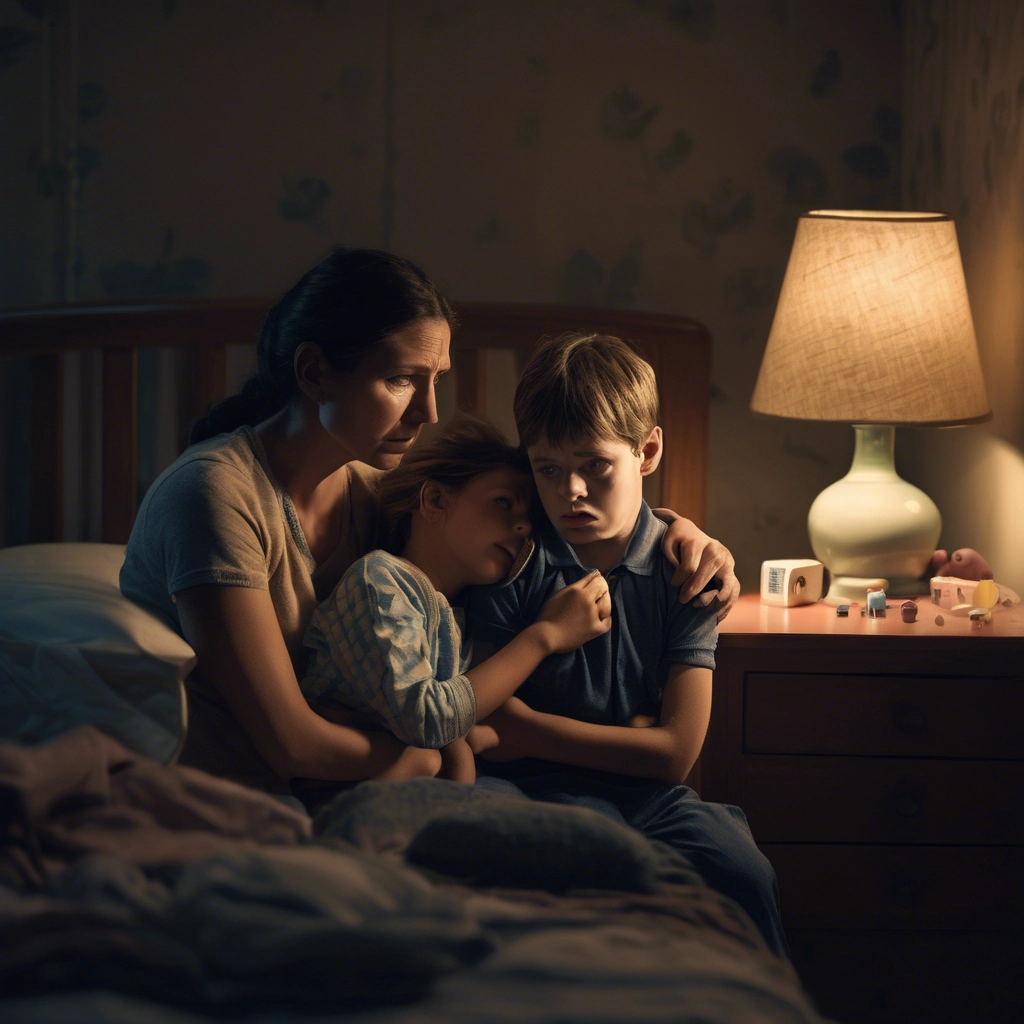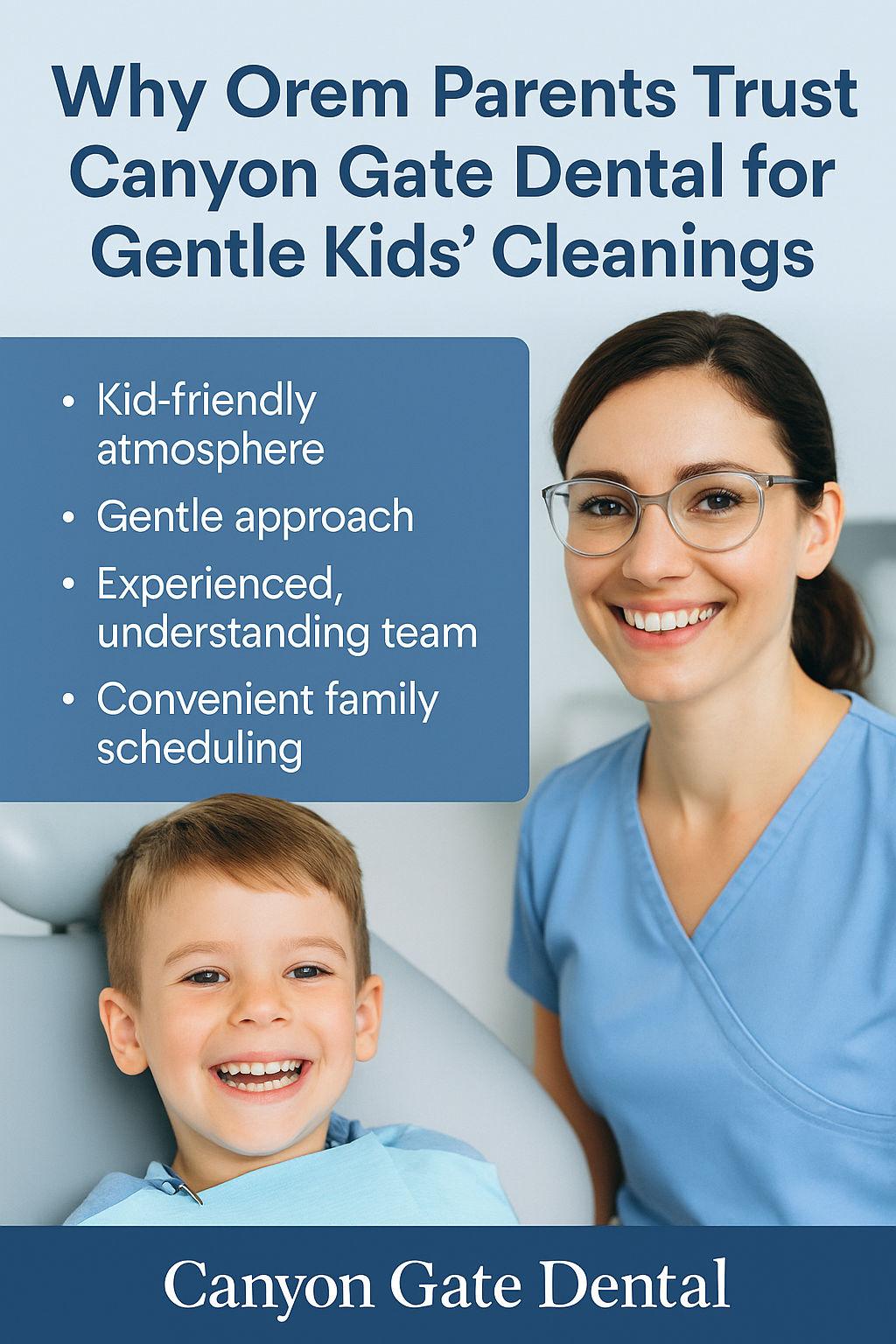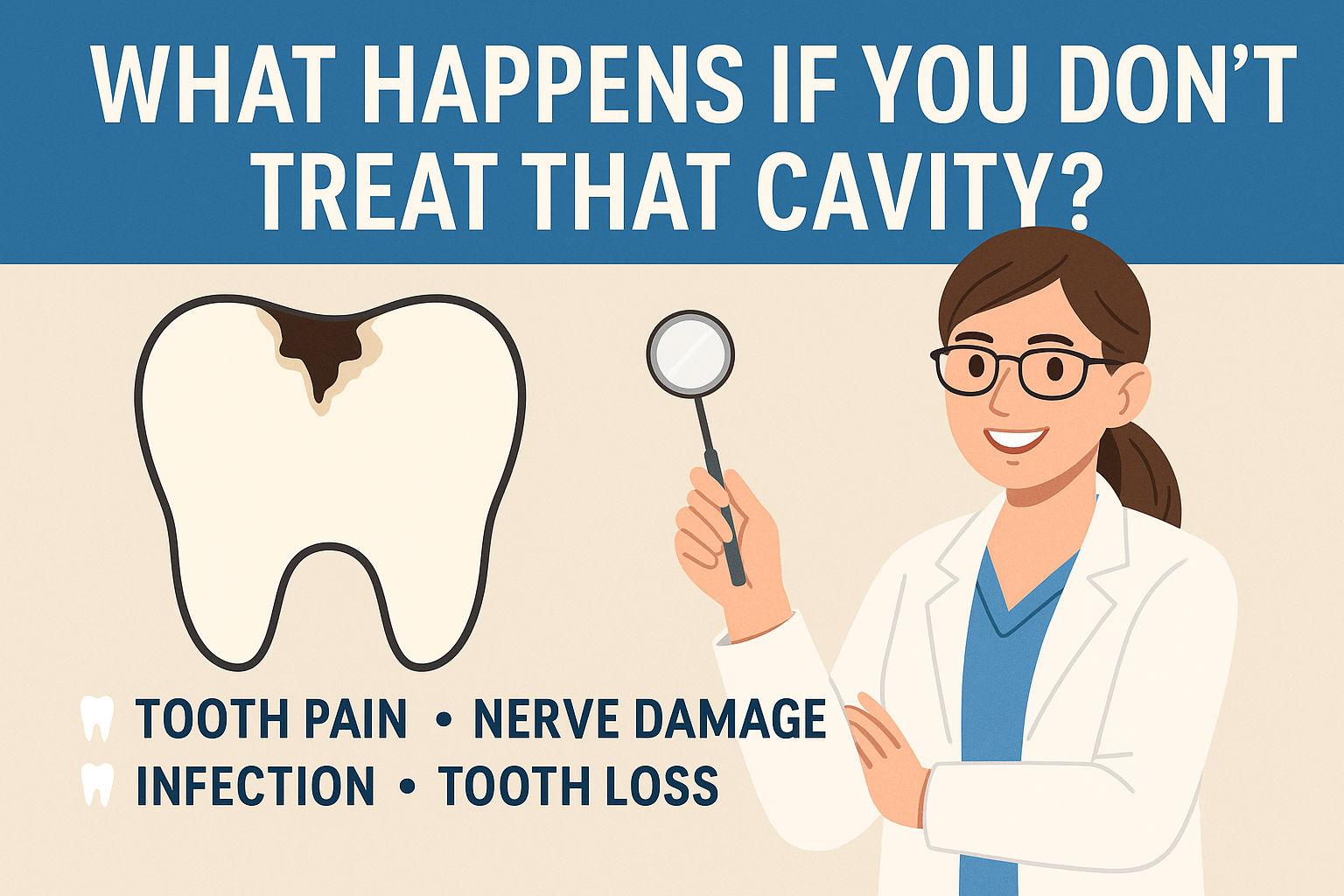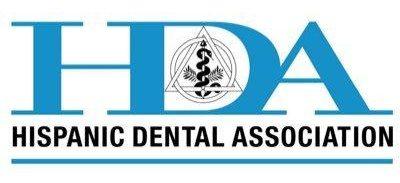I had a really cool experience with dentistry several years ago that I wanted to share. I attended the University of Louisville School of Dentistry for my dental training. After completing most of the DMD curriculum requirements, I qualified to sign up for an early morning elective class my last year in school which had to do with animal dentistry. In the class we learned a little bit about the very small subspecialty of dentistry that exists to treat animals, mostly in zoo or veterinarian office settings. At the completion of the course, I was able to take part in a couple opportunities that very few people (and very few dentists) have been able to experience. I was treated with a “behind the scenes” tour of the Louisville zoo where I got to see and feed a bunch of different animals up close and personal from inside their cages and enclosures. As part of the tour I even got to play with a baby elephant and a baby giraffe. This alone would have been worth getting up for all those 7:00 classes, but the best part was yet to come: I got to be an animal dentist for a day!
I have to preface my experience by saying how impressed I was with how well the zoo animals were cared for in terms of their health and dental needs. The zookeepers at the Louisville Zoo really treat these things seriously and take excellent care of their animals; I’m not exaggerating in the least when I say that those animals are probably better cared for than most people I know! On the week I was assigned to help the zoo, they were doing health and dental checks on all of the carnivores, which included lions, a tiger, various smaller carnivore cats, etc. Under the supervision of a zookeeper and a dentist who regularly volunteers at the zoo, I was able to perform a dental exam and dental treatment for Maya, the zoo’s Snow Leopard.
[gallery_bank type=”images” format=”masonry” title=”false” desc=”false” responsive=”true” special_effect=”” animation_effect=”” album_title=”true” album_id=”1″]
In spite of a zoology degree and a handful of vertebrate classes from BYU, I am not much of a zoologist. I was aware at the time of this experience, however, that Snow Leopards are extremely rare animals (probably less than 2500 in the whole world) and so I was pretty excited to work with Maya. When I arrived at the zoo’s healthcare facility on my clinical day, Maya was already intubated and under general anesthesia. I watched and waited as various zoo and medical personnel checked her organ systems, recorded blood pressure, inspected claws, drew blood for analysis, etc. Finally my turn came and I was allowed to approach the cat. The first thing I did as I approached Maya was pet her soft fur, which is still the softest, coziest thing I’ve ever felt. In spite of her cute and cuddly appearance though, I was very intimidated by the thought that if Maya were to awaken in the middle of the procedure, I’d be her lunch. Her sharp teeth and claws could slash me to ribbons in seconds and with her amazing speed and agility (Snow Leopards can leap up to 49 feet!) I wouldn’t even get two feet before she caught me. After a thorough cleaning and inspection of Maya’s teeth I found a few cavities that needed treatment. Using a portable dental unit equipped with a drill and suction, I was able to treat Maya’s cavities and give her some brand new shiny silver alloy fillings.
My wife, daughter and I were season pass holders to the Louisville Zoo and each time we visited the zoo after this experience, Maya became one of our favorite animals to visit. As far as I could tell, her teeth were in great shape and her fillings were very successful. She’ll always be one of my favorite patients. I feel quite lucky to have had such a rare and amazing opportunity. Thanks ULSD and the Louisville Zoo!
-Nicolas K. Young, DMD

